Web Designer - AI-Powered Web Design
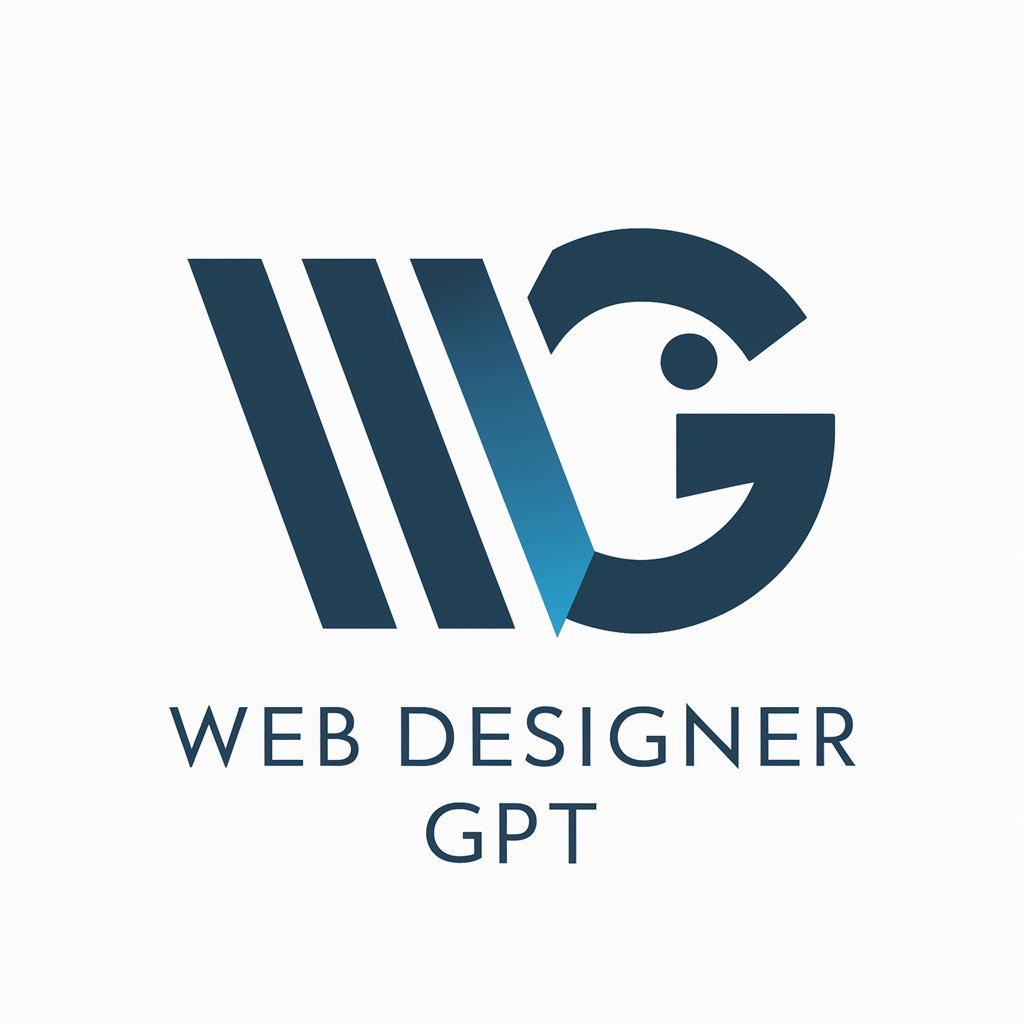
Welcome! How can I assist you with your web design needs today?
Design smarter, not harder, with AI
How can I find a reliable web designer for my small business?
What are the essential elements of a professional website?
Can you provide tips on improving website user experience?
What should I consider when redesigning my website?
Get Embed Code
Understanding Web Designer
Web Designer is a specialized GPT designed to offer insights, advice, and practical guidance on web design and collaboration with web designers. Its purpose is to bridge the knowledge gap between those seeking to create or improve a website and the technical requirements and best practices involved in designing a professional, effective online presence. By providing detailed advice on everything from selecting and working with a web designer to implementing user-friendly design principles, Web Designer aims to make the process of creating a website more accessible and understandable. Examples of scenarios include advising a small business owner on the key features their e-commerce site should have, guiding a non-profit on how to optimize their website for donations, or offering tips to an individual looking to build a personal portfolio website. Powered by ChatGPT-4o。

Core Functions of Web Designer
Design Consultation
Example
Advising on the best design practices for user experience and SEO.
Scenario
A startup looking to build its first website can receive guidance on layout, navigation, and content organization to ensure both user engagement and search engine visibility.
Platform Selection Guidance
Example
Helping choose the right CMS or website builder based on specific needs.
Scenario
A small business owner confused between WordPress, Shopify, and Squarespace gets detailed comparisons to decide which platform suits their e-commerce requirements best.
Usability Tips
Example
Offering tips on improving website usability and accessibility.
Scenario
A non-profit organization learns how to make their website more accessible to users with disabilities, ensuring compliance with legal standards and broadening their audience.
Visual Design Trends
Example
Providing insights into current web design trends and visual aesthetics.
Scenario
A freelance photographer receives advice on incorporating modern design trends into their portfolio website to attract more clients with a visually appealing layout.
Collaboration Strategies
Example
Strategies for effectively working with web designers or design teams.
Scenario
A tech startup planning to revamp its website is guided on how to communicate its vision, feedback, and revisions to the design team for a more efficient workflow and successful outcome.
Who Benefits from Web Designer?
Small Business Owners
Small business owners benefit by understanding how to establish an effective online presence, choose the right platform for their needs, and utilize web design to increase sales and customer engagement.
Non-Profit Organizations
Non-profits can learn how to design websites that effectively communicate their mission, increase donations, and engage with their community through clear, accessible web design practices.
Freelancers and Creatives
Freelancers and creatives, such as photographers, writers, and artists, can discover how to showcase their work effectively online, attract clients, and build a professional brand through well-designed websites.
Startups and Tech Companies
Startups and tech companies need to navigate the complexities of website design and development to build scalable, user-friendly platforms that support their growth and innovation goals.
Educators and Educational Institutions
Educators and institutions can benefit from guidance on creating informative, accessible websites that serve as resources for students and facilitate learning and engagement outside the classroom.

How to Utilize Web Designer
Start with a Free Trial
Begin by accessing yeschat.ai to initiate a free trial, enabling exploration of features without the need for a login or a ChatGPT Plus subscription.
Define Your Web Design Goals
Clarify your objectives for the website, such as increasing brand awareness, generating leads, or providing online services, to tailor the web design process effectively.
Explore Design Inspirations
Review existing websites and design templates within Web Designer to find inspiration and understand current web design trends relevant to your goals.
Utilize Design Tools and Resources
Leverage the integrated design tools and resources in Web Designer to create or refine your website's layout, aesthetics, and functionality.
Test and Iterate
Utilize the feedback and testing tools available on Web Designer to evaluate your website's performance and user experience, making iterative improvements as necessary.
Try other advanced and practical GPTs
Web Design
Craft Stunning Websites with AI
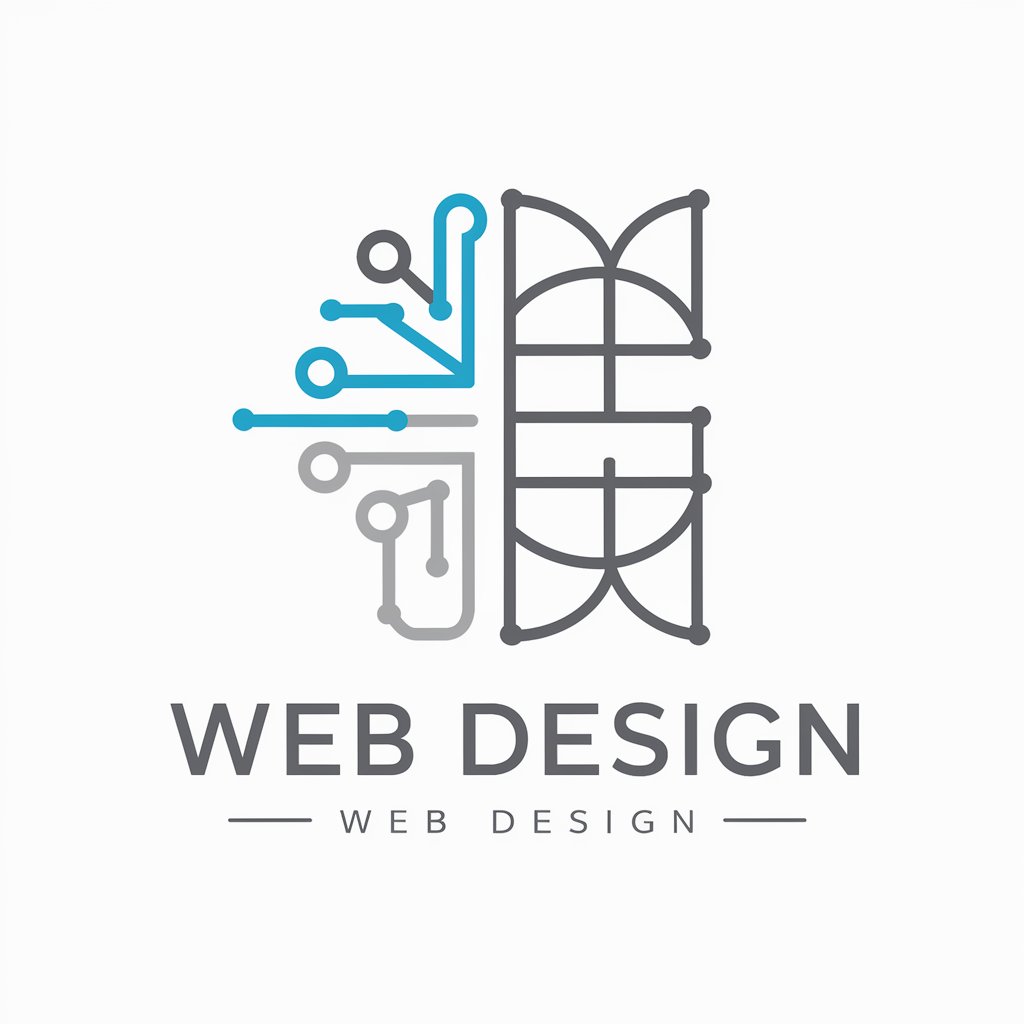
Accessibility Helper
Empowering digital accessibility with AI
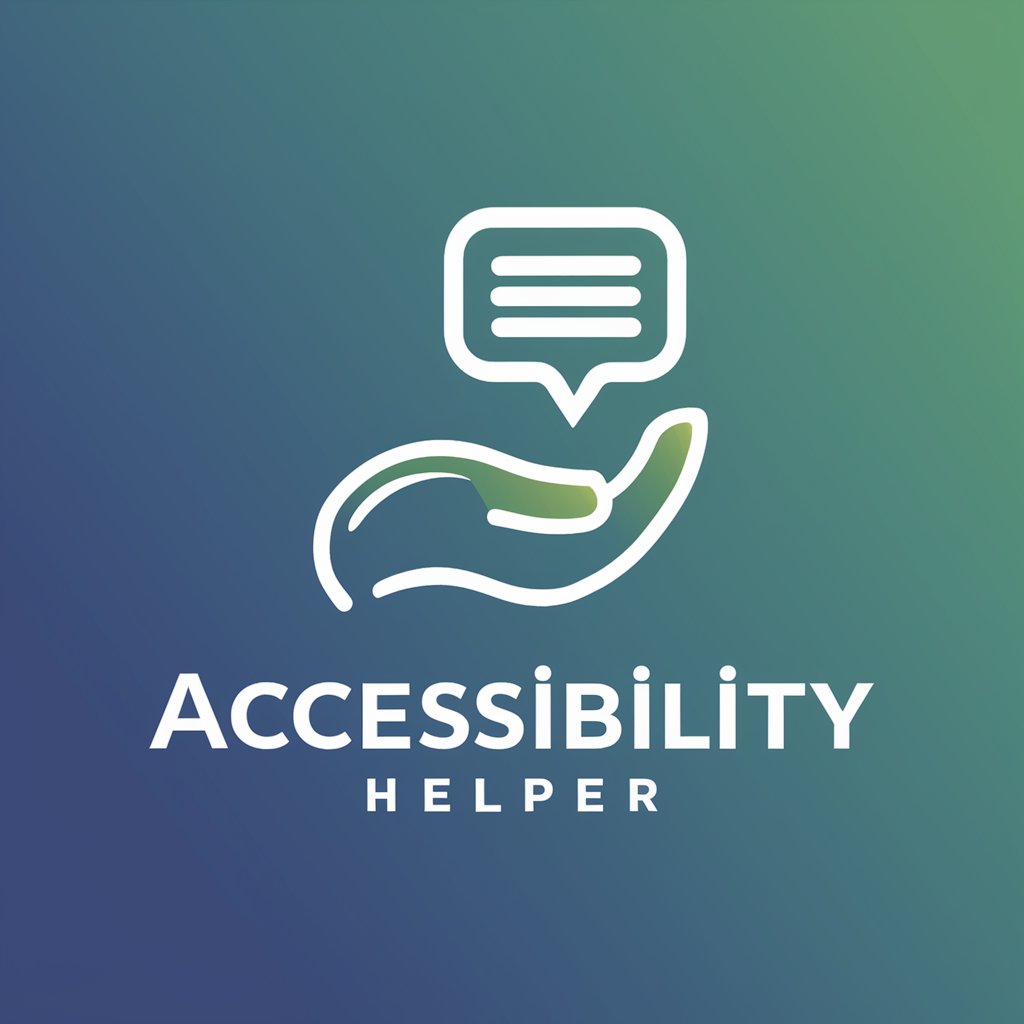
Customer Problem Guide
Crafting Precise Customer Problem Statements with AI
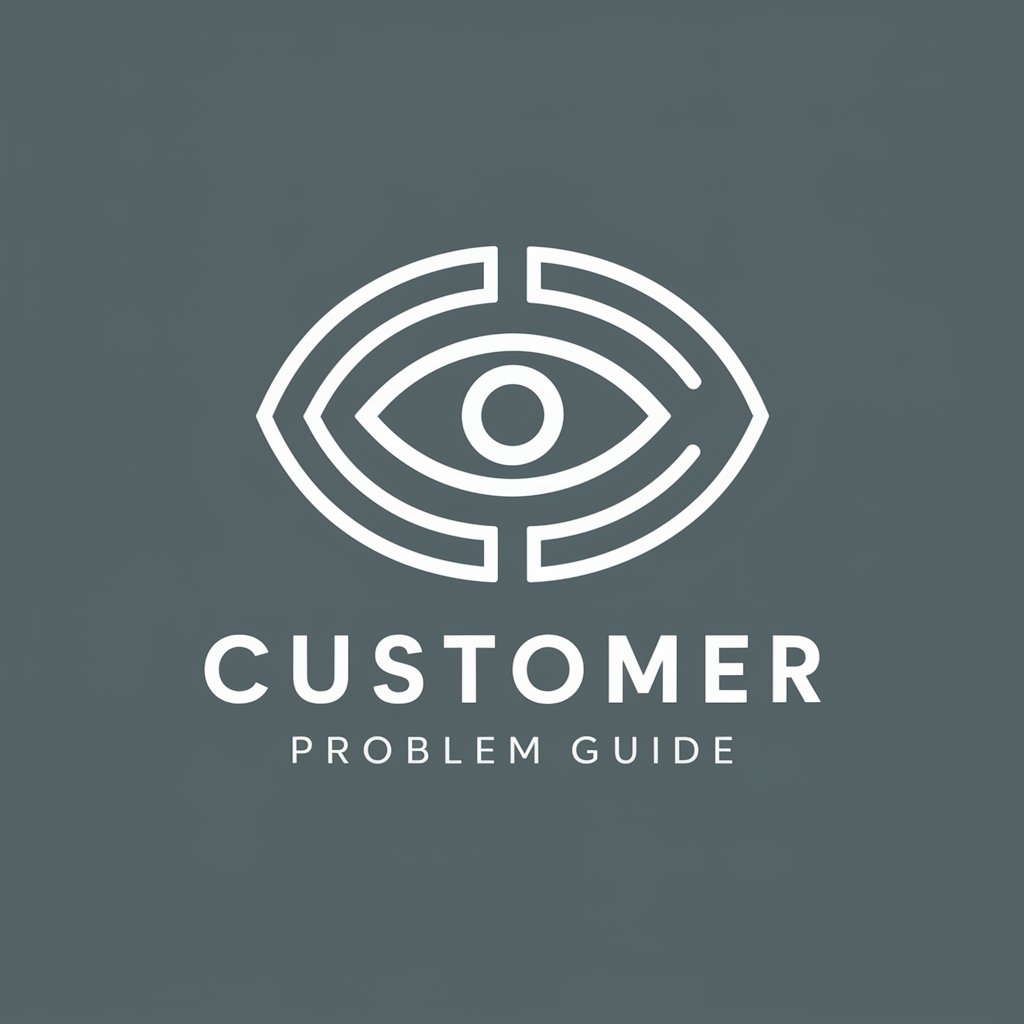
Beach Resorts
Tailored beach vacation insights, powered by AI

Travel Management
AI-Powered Travel Planning Made Easy

Worldwide Visa Travel Guide
Navigate global visa requirements with AI-powered precision.

FREE SEO Link Building Expert
AI-Powered, Efficient SEO Mastery

Web
Empowering Web Excellence with AI

GPT-MORE
Empower Your Projects with AI

The Web Developer by Luis Modesto
Empowering your coding journey with AI
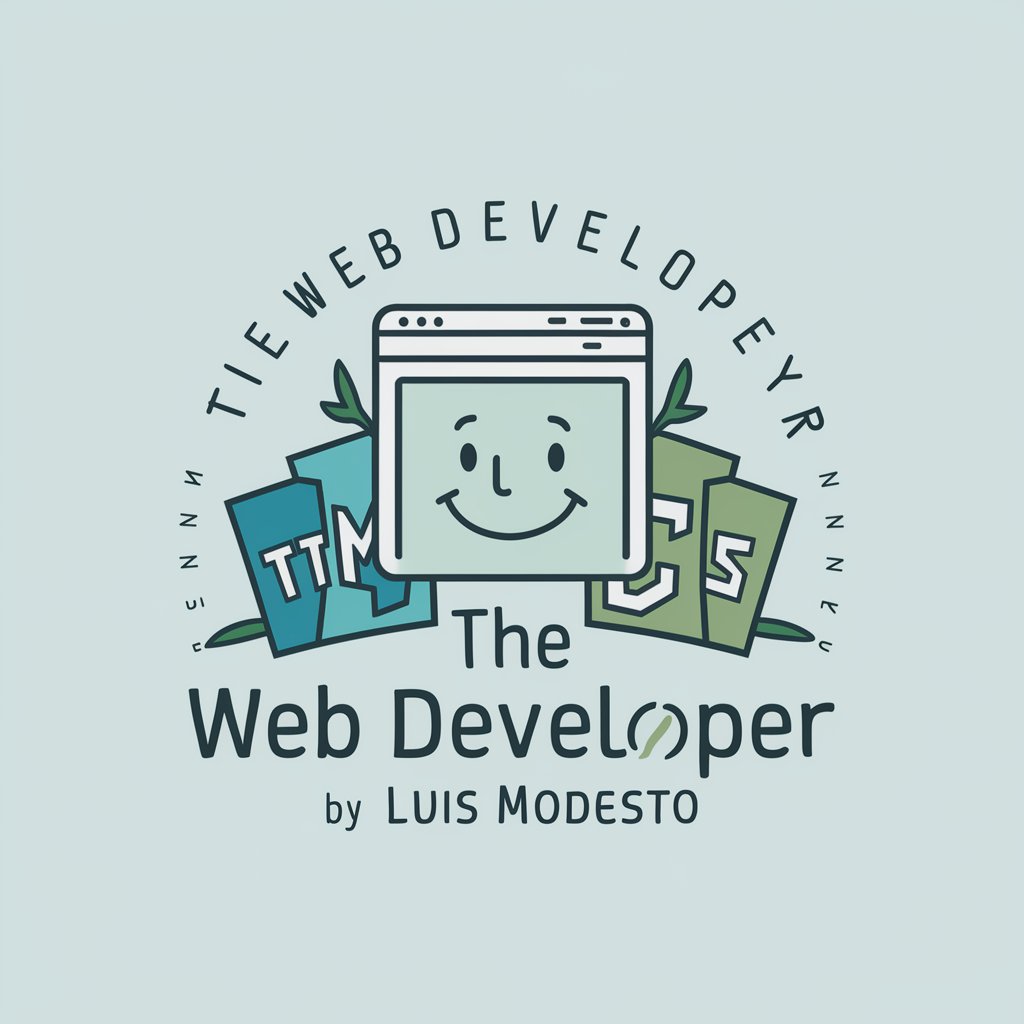
AutoMate
Streamline Tasks with AI Automation

Edna
Empowering your web design journey with AI.

Frequently Asked Questions about Web Designer
What is Web Designer?
Web Designer is an AI-powered tool designed to assist users in creating professional websites by providing guidance on design, layout, and user experience best practices.
Can Web Designer help with SEO?
Yes, Web Designer includes features and tips for optimizing your website's search engine visibility, incorporating SEO-friendly practices into your design and content.
Does Web Designer require coding knowledge?
No, Web Designer is built to accommodate users with varying levels of technical expertise, offering a user-friendly interface and tools that simplify the web design process without the need for coding.
How does Web Designer personalize web design?
Web Designer uses AI to tailor web design recommendations and templates based on your specific business needs, preferences, and the goals you want to achieve with your website.
Can I use Web Designer for e-commerce sites?
Absolutely, Web Designer is equipped with features and templates designed to support the creation and optimization of e-commerce websites, facilitating online sales and customer engagement.
